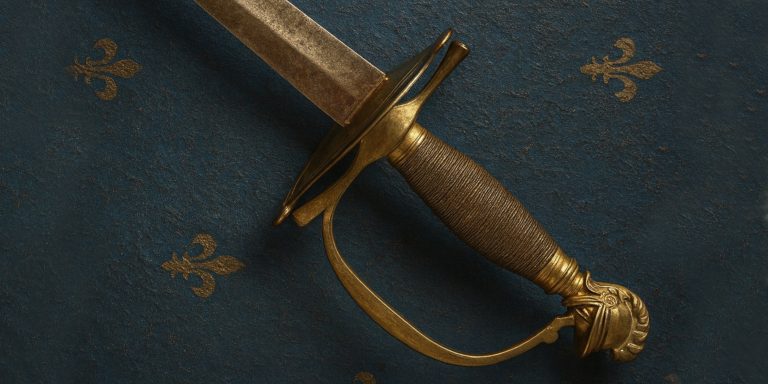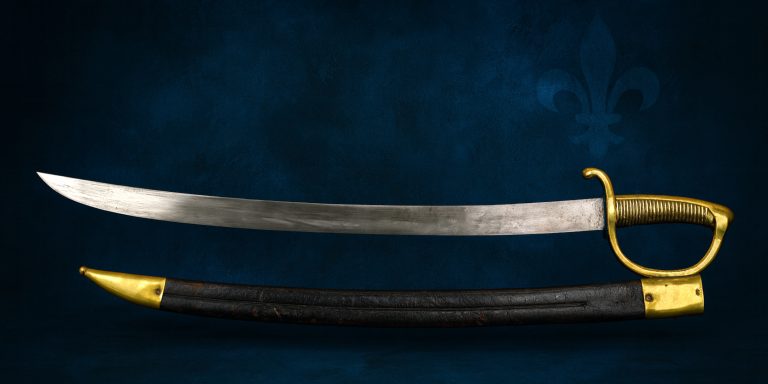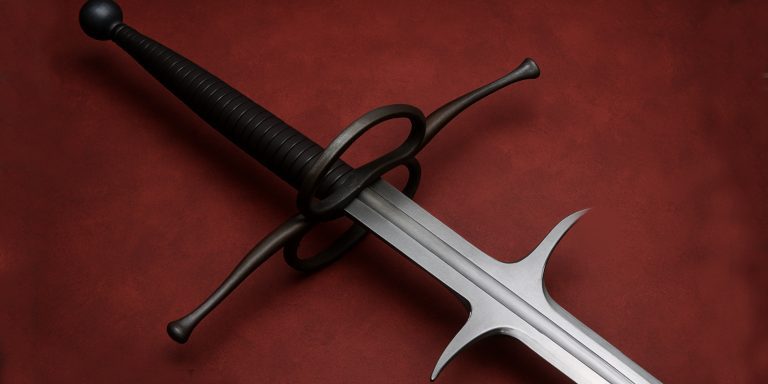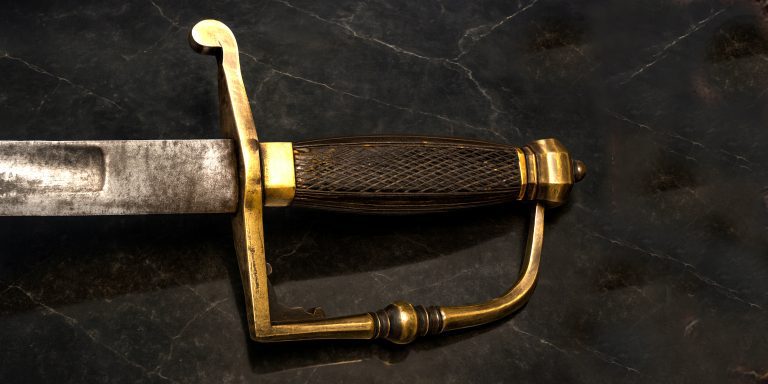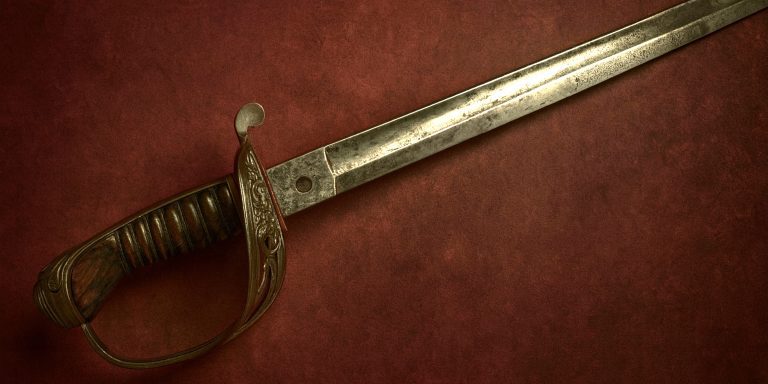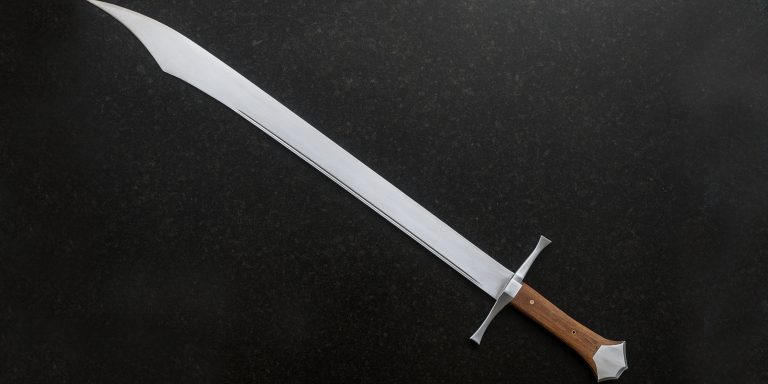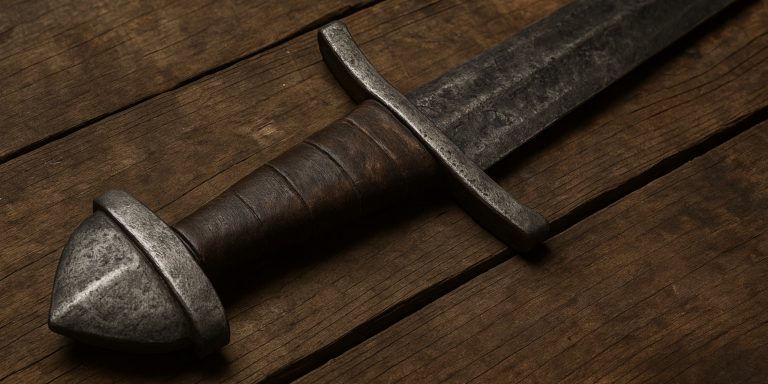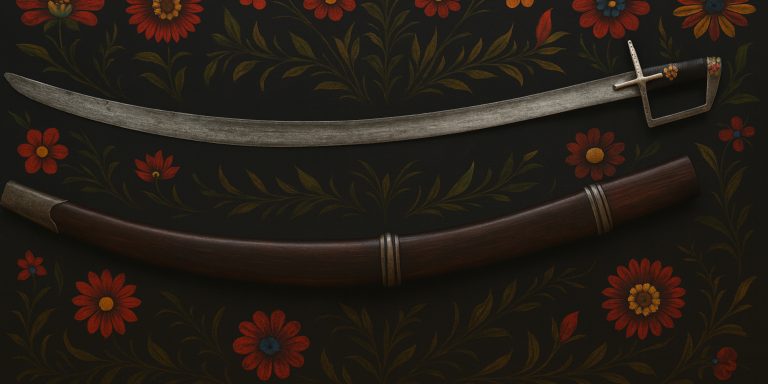The French infantry officer’s épée is the refined, thrust-centred sidearm that bridged the elegant smallsword tradition of...
European Swords
European swords have a long and rich history, spanning thousands of years and evolving significantly over time. These weapons were crafted for various purposes, from combat to ceremonial use, and played crucial roles in shaping European societies. Below is an introduction to the evolution and types of swords commonly found in Europe.
Compact, sturdy, and unmistakable with its ribbed brass hilt, the French sabre-briquet armed generations of infantry and...
The Montante was a massive two-handed sword developed in the Iberian Peninsula during the late Middle Ages...
The spadroon is a light, straight, cut-and-thrust sword carried widely by army and naval officers from the...
The Pattern 1845 infantry officer’s sword replaced the earlier 1822 pipe-back blade with Henry Wilkinson’s fullered “cut-and-thrust”...
The Grosse Messer, or “great knife,” was a formidable single‑edged weapon used across late medieval Central Europe....
The Petersen Typology is one of the most widely used systems for classifying Viking Age swords. Introduced...
The Petersen Type H Viking sword is one of the most iconic blade designs of the early...
The colichemarde smallsword is one of the most distinctive duelling weapons of the late 17th and 18th...
The Polish szabla served as a symbol of national identity, a practical battlefield weapon, and a ceremonial...

